Axel
TPF Noob!
Hi,
This will be my first time taking pictures with a 1600 B&W (Fuji) in my N50 camera. I have shot three rolls before and none of them have turned out satifactiry to me apart from a few pictures. I have been limited as to the space where I have taken them too, but that should not be a problem now.
I wonder if there is anything I should think of when using such a fast film and B&W. Are there anything I can take advantage of right off hand?
Let me know please.
Thank you
This will be my first time taking pictures with a 1600 B&W (Fuji) in my N50 camera. I have shot three rolls before and none of them have turned out satifactiry to me apart from a few pictures. I have been limited as to the space where I have taken them too, but that should not be a problem now.
I wonder if there is anything I should think of when using such a fast film and B&W. Are there anything I can take advantage of right off hand?
Let me know please.
Thank you



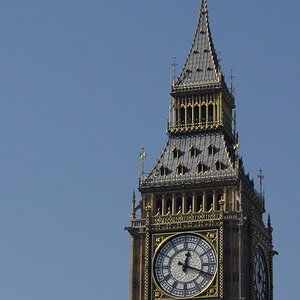
![[No title]](/data/xfmg/thumbnail/32/32706-50b778fbc110c8ea4472547d54c6a923.jpg?1619735610)
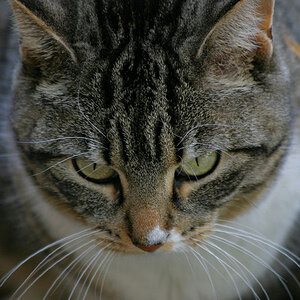
![[No title]](/data/xfmg/thumbnail/31/31751-fb2f68cca32f9eec468dbde7d649840f.jpg?1619734990)
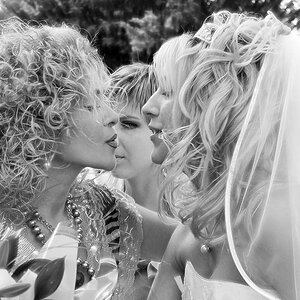
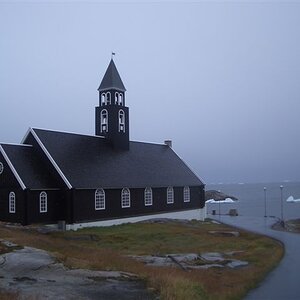
![[No title]](/data/xfmg/thumbnail/38/38293-15e3a85f038b239e3c60bf9f38f5d56c.jpg?1619738563)
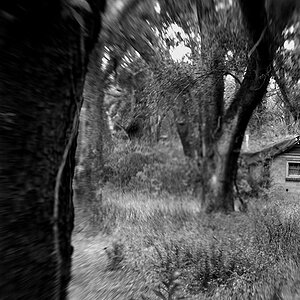
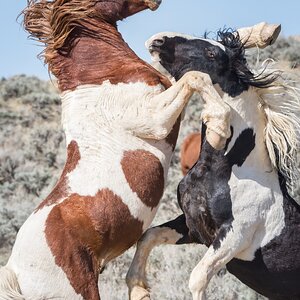
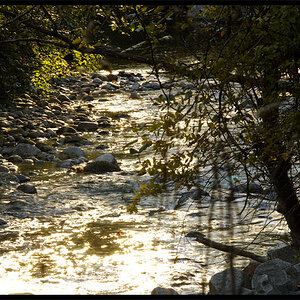
![[No title]](/data/xfmg/thumbnail/37/37110-1d5d98524f9f6a8623703161610ef439.jpg?1619737882)
